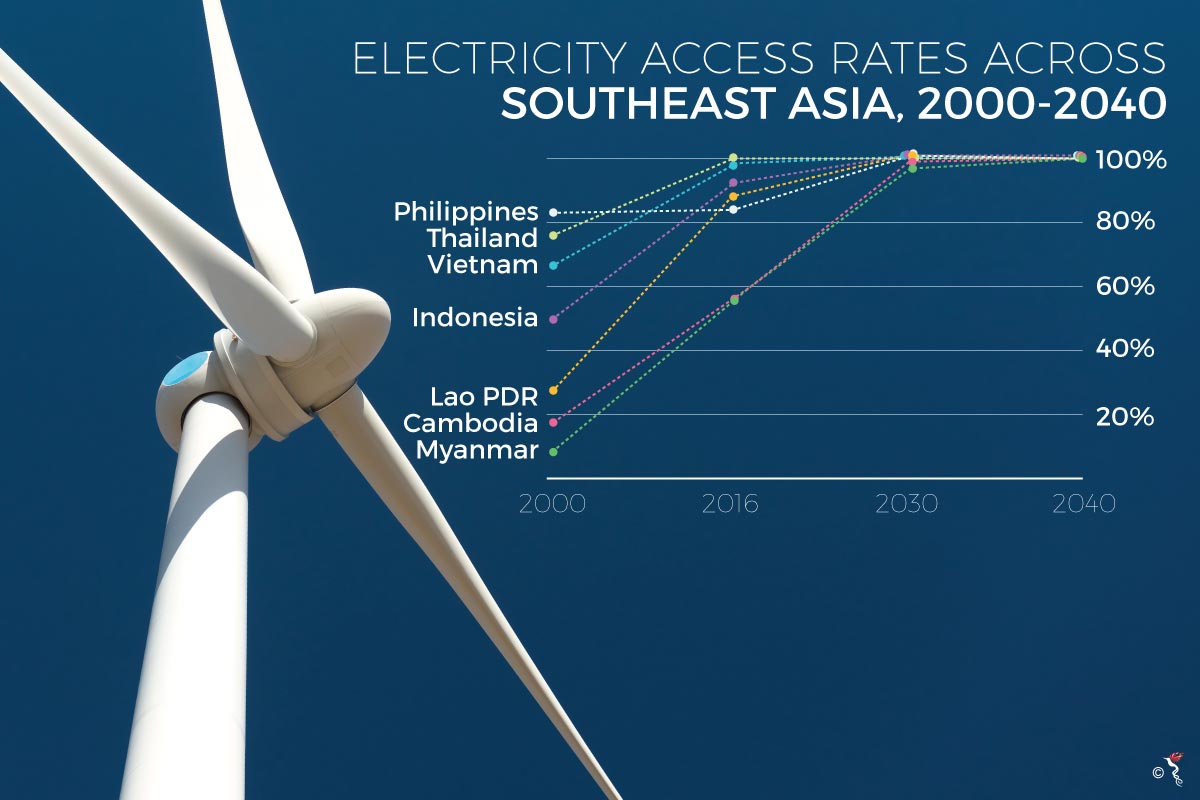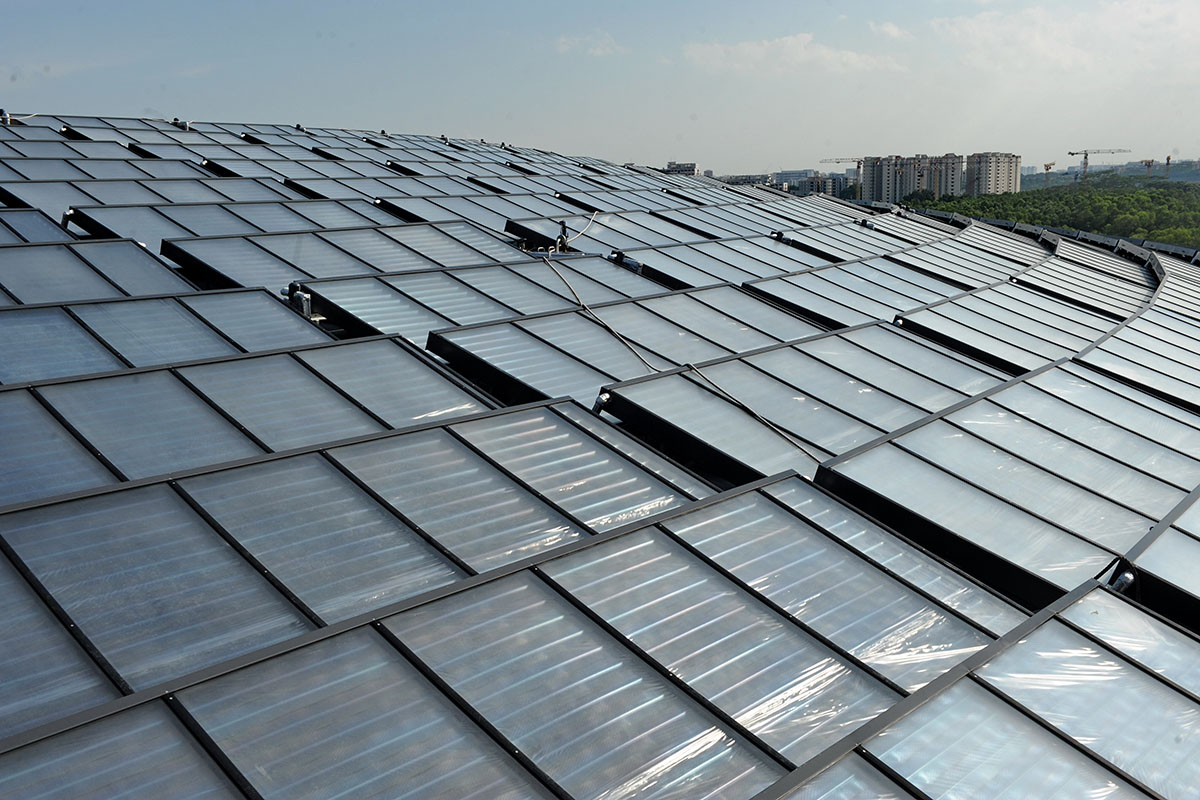The Southeast Asian region is deemed to be one of the most dynamic regions of the global energy system. Due to rapid urbanisation and burgeoning infrastructure and logistics, the energy demand in the region is growing at one of the fastest rates in the world. However, there remains challenges as its diverse and varied environment flouts a one-size-fits-all energy solution.
One problem that has risen from this issue is that there are still around 65 million people across Southeast Asia that are living without electricity. In order to close the gap in this matter, the region has plans to diversify its energy mix with renewable energy (RE) shares in line with its energy outlook over the next few years.
According to International Energy Agency’s (IEA) Energy Analyst, Ali Al-Saffar, “...renewable options become increasingly attractive as their costs continue to come down and projected fossil fuel prices edge higher. Providing universal, affordable and secure energy is not incompatible with the pursuit of cleaner energy,” he stated in a commentary.
The Association of Southeast Asian Nations (ASEAN) as a group has targeted a renewable energy share of 23% in the primary energy supply by 2025. “This means that some ASEAN countries will need to at least double the share of renewable energy every year to meet this target, while some countries will need to increase the renewable energy share 3 to 4 times compared to base year 2015,” said Han Phoumin, Energy Economist with Economic Research Institute for ASEAN and East Asia (ERIA) in an e-mail interview with The ASEAN Post.
In 2018, it is notable that some ASEAN countries are already on the right track towards achieving these targets. These countries are Singapore, Thailand, Malaysia, Brunei and the Philippines.
The CLMV countries are also doing well in increasing the share of RE every year into the energy mix. “However, they may need to have a clear plan to have RE share in power generation, as some countries do not have such a target, particularly Cambodia and Myanmar,” Han added.
ASEAN’s current RE actions
The penetration of renewable energy in the region is constantly at an increasing pace but it varies from one country to another. For example, some ASEAN countries have clear policies to promote RE into the generation mix through policy incentives whereby independent power producers (IPPs) are invited to generate electric power for sale to utilities in the form of RE electricity to the grid.
On the other hand, some countries are already using RE in the form of a distributed energy system, such as solar rooftops in Singapore’s SolarNova programme to generate electricity for government-owned buildings such as public housing blocks, schools, utilities buildings, police and customs buildings. Another way would be through installing solar mini grids in rural communities assisted by non-governmental organisations (NGOs) and private companies as in Indonesia.

Source: IEA
The fossil fuel vs. renewable energy dilemma
Based on the IEA’s ‘Southeast Asia Energy Outlook 2017’ report, ASEAN will see an increasing primary energy supply of almost threefold from 2015-2040, reflecting an annual growth rate of 4 percent. It is the same for power generation demand.
While ASEAN has collectively called for more emission cuts across the region and climate resilience, approval of coal-fired plants is increasing to meet this demand. For example, the Philippines has three coal-fired plants slated for operations this year alone.
Han states that “...the best energy mix is the best strategy for the energy transition towards clean energy. Because of the increase in electricity demand, coal consumption for power generation will also increase accordingly, but countries also see the tightening emissions regulation which could result in a better fleet of clean coal technologies in ASEAN countries.”
There is hope for RE in ASEAN
“Southeast Asia is key for the global energy transition and we are fortunate to have an effective regional partner in ASEAN. We fully support its efforts to achieve its aspirational target of 23 percent of primary energy from renewable sources by 2025, and stand ready to co-develop longer-term plans in pursuit of a sustainable energy future,” stated Director-General Adnan Z. Amin of International Renewable Energy Agency (IRENA).
IRENA works closely with the ASEAN Centre for Energy (ACE) and ASEAN to find ways to speed up RE deployment across the region.
As an example, the IRENA and ACE renewable energy roadmap report released in late 2016 shows that ASEAN’s renewables target is achievable, and that RE in the region can “...bring lower overall costs, contribute to cleaner cities, support a more secure and robust energy supply,” he explained.
Recommended stories:
